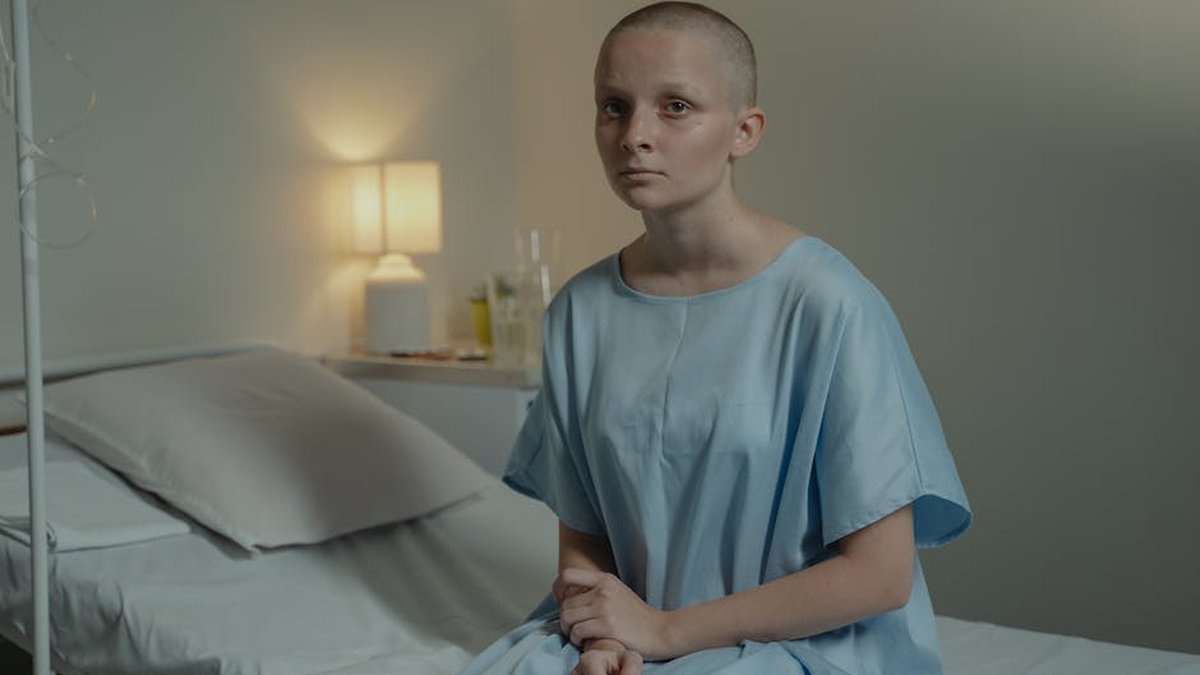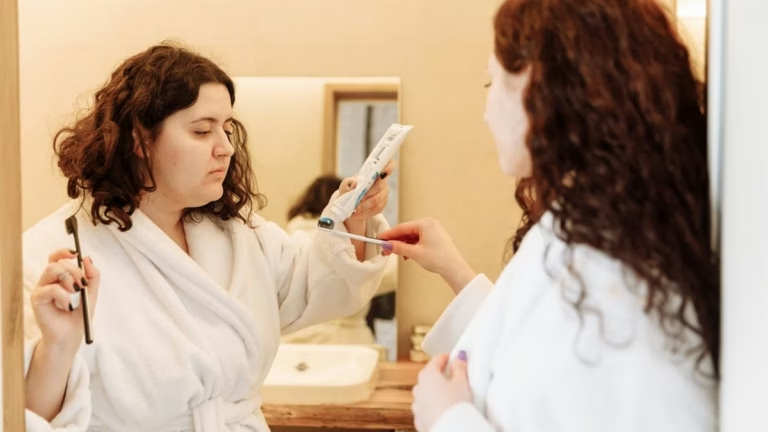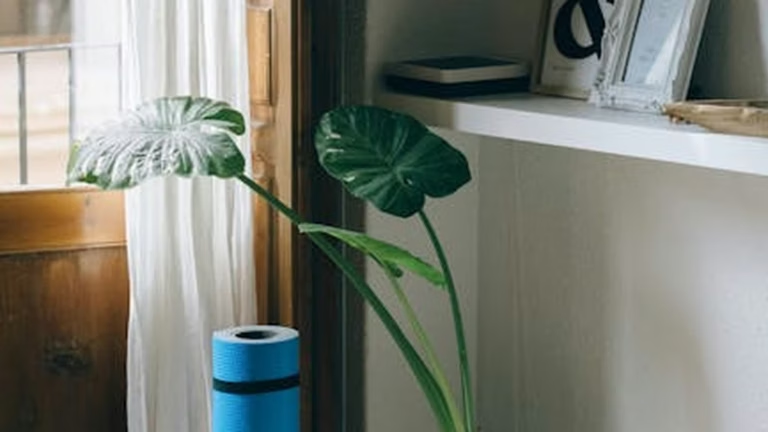Combatting Seasonal Affective Disorder (SAD): Light Therapy & Mood-Boosting Strategies
Understanding Seasonal Affective Disorder (SAD)
As the days grow shorter and the nights grow longer, many people experience more than just the winter blues. They may be grappling with Seasonal Affective Disorder (SAD), a type of depression that’s related to changes in seasons. SAD typically begins in the fall and continues through the winter months, sapping your energy and making you feel moody. But understanding SAD is the first step to taking control and finding relief.
What Causes SAD?
While the exact cause of SAD isn’t fully understood, several factors are believed to play a role:
- Circadian Rhythm Disruption: Reduced sunlight in winter can disrupt your body’s internal clock, leading to feelings of depression.
- Serotonin Levels: A drop in serotonin, a neurotransmitter that affects mood, may contribute to SAD. Reduced sunlight can lower serotonin levels.
- Melatonin Levels: The change in season can disrupt the balance of the body’s melatonin level, which plays a role in sleep patterns and mood.
Recognizing the Symptoms
SAD symptoms can vary from person to person, but common signs include:
- Feeling sad or depressed most of the day, nearly every day
- Loss of interest or pleasure in activities you once enjoyed
- Changes in appetite or weight
- Problems with sleep
- Feeling tired or having low energy
- Difficulty concentrating
- Feeling hopeless, worthless, or guilty
- Thoughts of death or suicide
Light Therapy: Shining a Light on SAD
Light therapy, also known as phototherapy, is a cornerstone treatment for SAD. It involves sitting near a special light box that emits a bright light similar to natural sunlight. This light helps to regulate your body’s circadian rhythm and boost serotonin levels.
How Light Therapy Works
The bright light from the light box mimics natural sunlight, stimulating the brain to produce serotonin and other neurotransmitters that improve mood. It also helps to reset your body’s internal clock, promoting better sleep and energy levels.
Using a Light Box Effectively
To get the most out of light therapy, follow these tips:
- Timing: Use the light box first thing in the morning for about 20-30 minutes.
- Distance: Position the light box about 12-24 inches from your face.
- Intensity: Use a light box that emits 10,000 lux.
- Consistency: Use the light box daily, even on sunny days.
- Consult a Doctor: Talk to your doctor before starting light therapy to ensure it’s right for you.
Important Note: Light boxes are generally safe, but some people may experience side effects such as headaches, eye strain, or nausea. If you experience any side effects, stop using the light box and consult your doctor.
Mood-Boosting Strategies Beyond Light Therapy
While light therapy is highly effective, incorporating other mood-boosting strategies can further enhance your well-being during the winter months.
Lifestyle Changes for a Brighter Outlook
- Exercise Regularly: Physical activity releases endorphins, which have mood-boosting effects. Aim for at least 30 minutes of moderate-intensity exercise most days of the week. Even a brisk walk outdoors can make a difference.
- Maintain a Healthy Diet: Eat a balanced diet rich in fruits, vegetables, and whole grains. Avoid processed foods, sugary drinks, and excessive caffeine or alcohol.
- Prioritize Sleep: Aim for 7-8 hours of quality sleep each night. Establish a regular sleep schedule and create a relaxing bedtime routine.
- Manage Stress: Practice relaxation techniques such as meditation, yoga, or deep breathing exercises.
Social Connection and Support
- Stay Connected: Social isolation can worsen SAD symptoms. Make an effort to stay connected with friends and family, even if you don’t feel like it.
- Join a Support Group: Consider joining a support group for people with SAD. Sharing your experiences with others who understand can be incredibly helpful.
- Seek Professional Help: If your symptoms are severe or interfering with your daily life, don’t hesitate to seek professional help from a therapist or psychiatrist. Cognitive behavioral therapy (CBT) can be particularly effective for SAD.
Vitamin D Supplementation
Some studies suggest that vitamin D deficiency may be linked to SAD. Talk to your doctor about whether vitamin D supplementation is right for you. They can test your vitamin D levels and recommend an appropriate dosage.
Taking Charge of Your Winter Wellness
Seasonal Affective Disorder can be a challenging condition, but it’s important to remember that you’re not alone, and there are effective treatments available. By understanding SAD, utilizing light therapy, and incorporating mood-boosting strategies into your daily life, you can take charge of your winter wellness and find relief from the symptoms of SAD. Remember to consult with your doctor to develop a personalized treatment plan that’s right for you. Don’t let the winter blues keep you down – embrace these strategies and shine brightly all season long!






